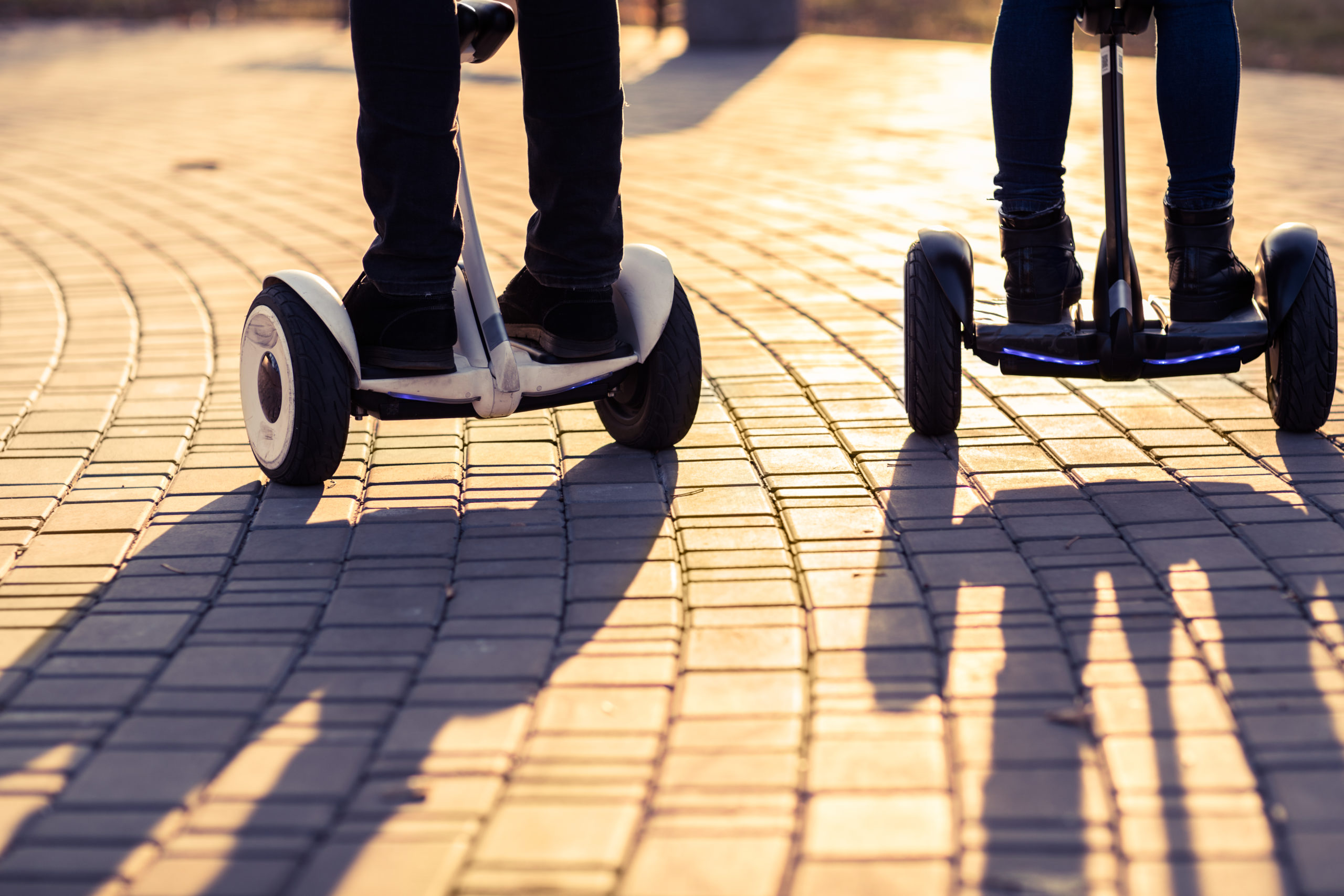
Tra moda, incentivi, bravate virali e nuovo codice della strada, la micromobilità prende sempre più piede. I rischi però sono alti, tanto che uno degli attori principali ha gettato la spugna
Monopattini e Segway sono diventati i simboli del ritorno alla “nuova normalità”. Con una strada coincidenza, molte città italiane avevano introdotto i due mezzi di trasporto nel mondo della mobility sharing proprio poco prima dell’isolamento forzato. Ecco perché, per i primi movimenti permessi, in molti hanno deciso di provare a spostarsi con questi mezzi a noleggio orario al posto di macchine e biciclette. Nel resto d’Europa, soprattutto nei paesi più a Nord, sono già utilizzati da diversi anni: non è inusuale vedere businessmen e businesswomen muoversi per le strade ancora in abito e cartella da lavoro. In Italia invece sono rimasti a lungo feticcio di giovani e adolescenti, o di nerd alle fiere di tecnologia avanzata e videogiochi. Uno spreco a dirla tutta.
Fatto sta che l’interesse verso questi mezzi è cresciuto molto negli ultimi anni, tanto che il loro utilizzo è stato regolamentato dalla legge di Bilancio 160 del 27 dicembre 2019. Dal primo gennaio 2020 infatti è permessa la circolazione di questi mezzi di trasporto sulle strade pubbliche secondo le norme indicate dal nuovo codice della strada. I monopattini elettrici sono stati equiparati alle biciclette, non necessitano quindi di patente o assicurazione.
Ad aggiungere ulteriori note di interesse verso monopattini e Segway, ci ha pensato il Decreto rilancio 2020, che ha previsto la possibilità di ottenere un rimborso pari al 60% di quanto pagato per l’acquisto di un monopattino elettrico. Il Bonus sarà valido fino al 31 Dicembre 2020, per tutti gli abitanti in città con popolazione superiore ai 50000 abitanti.
Insomma sembrano non esserci più scuse per non usufruire della cosiddetta micromobilità. Eppure qualcosa sembra non funzionare: Segway infatti ha annunciato che dal 15 luglio cesserà la produzione dell’omonimo mezzo. Il motivo è il numero crescente di incidenti stradali in cui è rimasto coinvolto il modello Segway PT, anche con esiti letali. Ironia della sorte, persino Jimi Heselden, il magnate britannico che aveva acquisito la società produttrice nel gennaio 2010, era morto proprio mentre utilizzava il mezzo di trasporto individuale. La difficoltà insita nell’utilizzo del Segway, il cui movimento è basato sullo spostamento del peso e baricentro di chi lo utilizza, aveva messo alla dura prova non solo turisti (tra i piu grandi utilizzatori grazie a tour organizzati ad hoc) e cittadini più o meno avventati, ma anche personalità di spicco come George W.Bush, che cadde rovinosamente mentre lo utilizzava nella residenza estiva dei suoi genitori a Kennebunkport, nel Maine. E tra le vittime troviamo anche il velocista giamaicano Usain Bolt che nel 2015 a Pechino venne investito da un Segway mentre mentre festeggiava la vittoria in una gara dei 200 metri effettuando il giro di campo.
Meglio preferire quindi i monopattini, più semplici da usare e con una maggiore stabilità a prova dei più incapaci. Anche in quel caso però è meglio avere qualche attenzione in più, considerando che possono raggiungere velocità non indifferenti. E non pensate di poterli parcheggiare come vi pare: chiedete ai cittadini di Torino, dove è stato registrato un numero record di multe (46 in tre ore). E nemmeno si possono utilizzare dappertutto, come ha mal pensato un ragazzo che ha inforcato il suo mezzo per intraprendere un viaggio sulla A24. Bravata o sconsideratezza, il video ripostato dall’account Welcome to Favelas è diventato virale, suscitando anche una considerevole indignazione ( fatto che ci restituisce un po’ di speranza nell’umanità).
Nel dubbio allora, forse è meglio affidarsi ad altri due strumenti, ben più saldi e sicuri: i nostri piedi. Così facendo sarà più complesso farsi del male, o perlomeno fare del male agli altri, ne gioverà l’ambiente e la nostra salute, e potremo anche smaltire meglio quei chiletti di troppo presi durante il lockdown.






